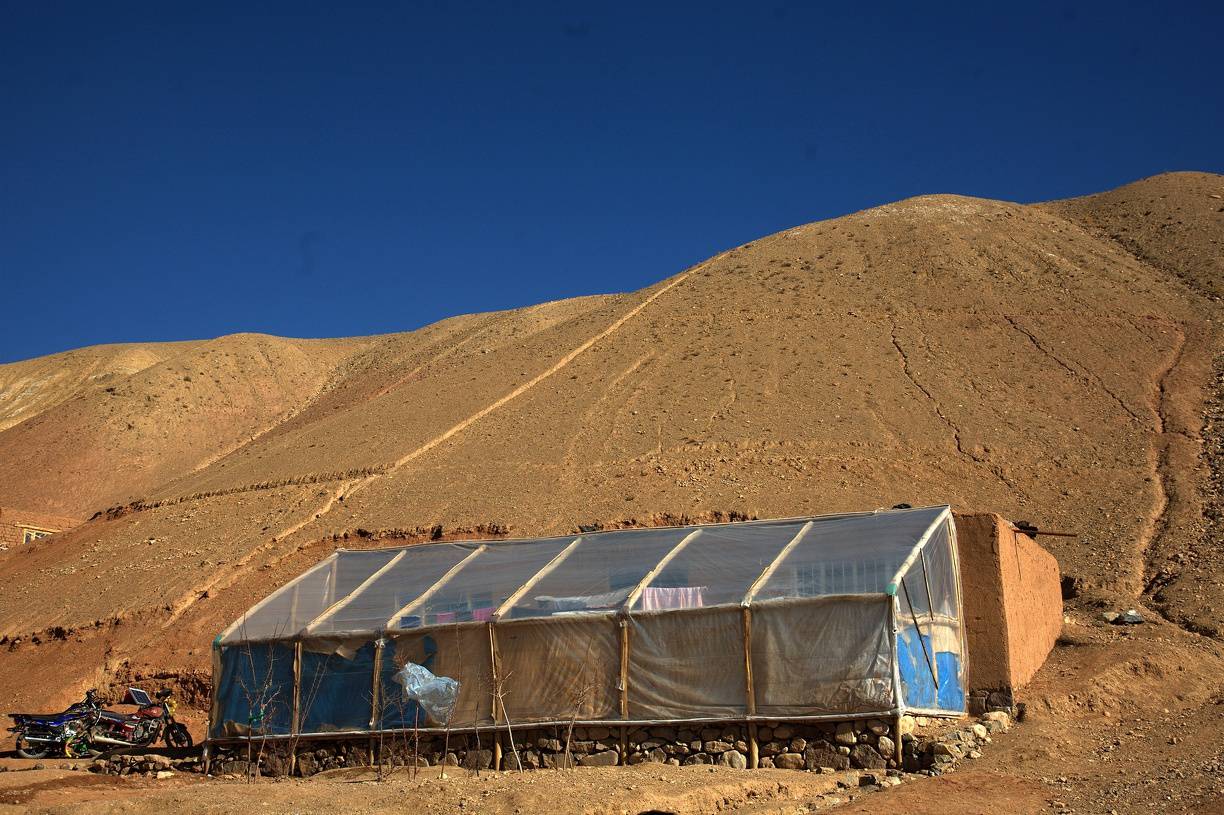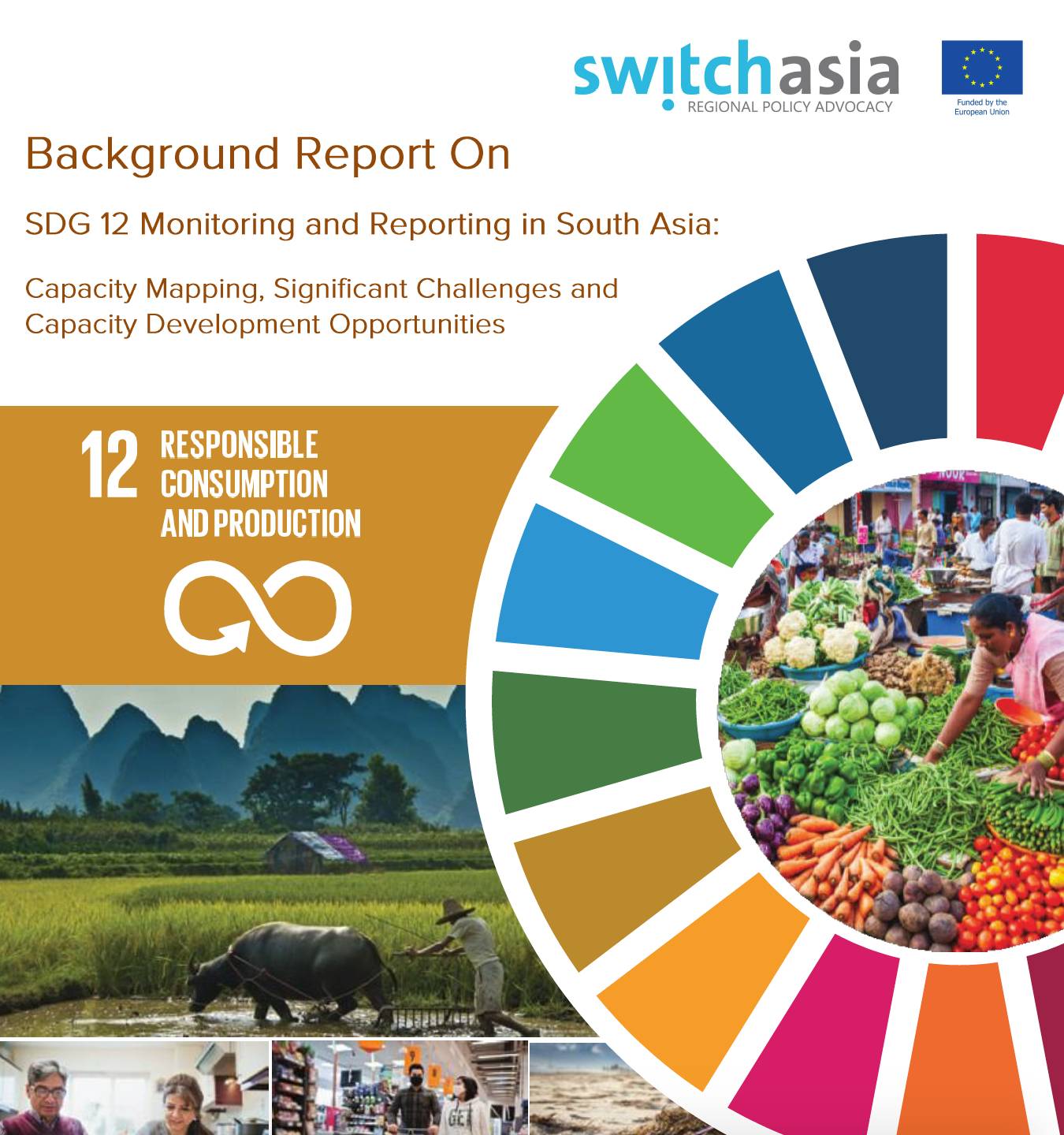
SCP Context
Note: The current information dates back to 2018
Afghanistan National Context for SCP and Connection to the Global Agenda
Afghanistan has seen the hardships of conflict, Taliban rule and war and violence for the past four decades. As a mountainous country, its population of 32 million is located mostly in the plains, living predominantly in rural areas. Less than 30 percent live in and around its main cities, one of the lowest urbanisation tallies globally, but rural-urban migration dynamics are strong. Despite its wealth of mineral deposits, Afghanistan is one of the least developed countries worldwide. Its main economic sector is agriculture, employing more than 40% of working adults. Informal and irregular employment is frequent and manufacturing and service sector are in early stages of development.
Having launched its second National Peace and Development Framework (ANPDFII) in July 2020, the Afghan governments’ development focus for the next five years will be on peace-building, state-building, and market-building. It seeks to eradicate poverty and develop the country into a self-reliant and broad-based, job-creating economy. It further seeks to establish rule of law, build resilient institutions and establish stronger connections within the region and to the world.
The National Environmental Protection Agency (NEPA) is Afghanistan’s main environmental regulator and policymaker. Afghanistan has signed important international agreements in the environmental policy sphere, such as the United Nations Framework Convention on Climate Change (UNFCCC), the United Nations Convention on Biological Diversity (UNCBD), the United Nations Convention to Combat Desertification (UNCCD). It also is party to the South Asian Association for Regional Cooperation (SAARC), and the South Asia Cooperative Environment Program (SACEP). Afghanistan has reported on its national contributions as part of the UNFCCC process twice. In terms of SCP policy, Afghanistan has submitted its voluntary national review in 2017 and 2021, also addressing SDG 12, Sustainable Consumption and Production. Due to its status as an economy shaped by continued violence and agriculture, typical SDG 12 indicators are not fully applicable. Waste and effluent management are in early stages. The total material footprint per capita lies at 1,4 tons, compared to 12 tons global average, and the lowest quota in South Asia. This can be interpreted as below the threshold of fulfilling human needs. In coming years, it will be important to strengthen provisioning for the population in a sustainable manner, which is part of Afghanistan’s development strategy.
Cooperation with the European Union has promoted sustainable consumption and production through SWITCH-Asia utilising the Grants Programme. The Kabul Green Homes project aimed at strengthening energy saving solutions, and engaging networks of stakeholders in view of coordinated poverty reduction.
Challenges
Following nearly four decades of conflict, Afghanistan’s financial resources are scarce, and available capacities are absorbed in the shift from a war-torn country to stability and self-reliance.
- Given Afghanistan’s financial instability and dependence on the international community, innovative funding mechanisms will be required to implement and achieve the SDGs and to transform to SCP.
- Much of Afghanistan’s infrastructure and energy facilities have been destroyed or severely damaged.
- In the absence of monitoring technologies and sufficient budget for implementation and enforcement, measures to curb pollution are extremely difficult to implement and achieve.
- Air pollution endangers human health. Common causes include low-quality fuel and inefficient vehicles and combustion of solid fuels (burning of tires, rubber, plastic, coal, and wood) used for heating and cooking.
- Lack of a proper disposal and management of solid waste at the national level. Waste is dumped in valleys and open fields, which has affected air and caused underwater pollution. Many houses lack sanitation and access to clean water.
- Large plots of productive agricultural land have turned into dangerous minefields due to the current situation in the country. Additionally, most farmers continue the traditional grazing and farming techniques which have only increased with population growth and have resulted in the depletion of forests and wetlands.
- Climate change is causing a change in weather and precipitation patterns, which have considerable impact on the agricultural seasons, thereby increasing the risk of flash floods and mudslides in early spring. The country lacks water storage facilities and flood control measures.
Priorities
When addressing Afghanistan’s challenges, the following priorities in the field of sustainable consumption and production can support the progress of the economy:
- Supporting agroforestry, reforestation, and water-efficient agri-food processing.
- Private capital and remittances from the Afghan diaspora can be used to invest in sustainability solutions, such as sustainable energy, electrification and efficient transport and logistics solutions.
- Due to the population’s movement to the cities, integrating sustainable urban development pathways is of high relevance.
- Provide sustainability framework, circular economy approaches and development support for small and medium-sized enterprises.
- With a longer-term view, sustainable tourism services and the promotion of “green” trade can further support the economic stability of the country.
- Making use of the potential of digitizing the economy.
Opportunities
- Afghanistan’s efforts towards the achievement of the Agenda 2030 will require dedicated partnerships between the Government, civil society organizations and private sector actors, in close cooperation with the United Nations and international partners.
- In the context of the inter-disciplinary nature of SCP, support multi-sectoral cooperation and development support for increased stability and pro-environment, pro-climate decision-making.
- Expand cooperation with international organizations and institutions especially on impact measurement (data collection, analysis, monitoring frameworks/indicators, data accuracy, reporting).
- Further exploration of innovative finance will help building the enabling framework for SCP and attracting green investment for example in the agricultural sector, or SMEs addressing waste management.
SWITCH-Asia Activities
A look back at milestones that shaped our work
2018
SCP Facility
- Preliminary assessment of SCP related policies, activities, needs/gaps, and opportunities.
Regional Policy Advocacy Component (RPAC)
Facilitated the participation of Afghan key-stakeholders in the following regional/ sub-regional activities:
- Asia Pacific Low Carbon Lifestyles Challenge (19-22 Mar 2018), hosted by Thailand, regional level
- Transforming Asia Pacific: Innovative Solutions, Circular Economy and Low Carbon Lifestyles (17-19 Sep 2018), hosted by Thailand, regional level
- Asian Circular Economy Leadership Academy (3-8 Dec 2018), hosted by Thailand, regional level
2019
Regional Policy Advocacy Component (RPAC)
Facilitated the participation of Afghan key-stakeholders in the following regional/ sub-regional activities:
- “Sustainability Reporting – Thinking Circular Economy by Businesses” - This event was organised back-to-back with 2019 Asia Pacific Forum on Sustainable Development (27 Mar 2019), hosted by Thailand, regional level
- Businesses Accelerating Inclusive Green Economies – "Leaving No One Behind” - Side event on the Responsible Business and Human Rights Forum co-organised by the Royal Thai Government, OECD, United Nations Development Programme (UNDP), ESCAP, International Labour Organization (ILO) and with the participation of the UN Working Group on Business and Human Rights (11 Jun 2019), hosted by Thailand, regional level
- WEBINAR: SDG 12.1 Reporting for SWITCH-Asia Countries – Connecting the dots between actions and reporting (5 Nov 2019), regional level
- Policy Dialogue on SDG12 Reporting (21 Nov 2019), hosted by Vietnam, regional level
- 2019 SWITCH-Asia Leadership Academy on Circular Economy (2-6 Dec 2019), hosted by China, regional level
- "Supporting decision making on SCP through training on Sustainable Procurement” - This event was organised back-to-back with International Conference on Sustainable Energy and Green Technology 2019 (11 Dec 2019, hosted by Thailand, regional level
2020
SCP Facility
- Afghanistan grant project Kabul Green Homes was part of the grants and finance review and featured in the country impact sheet of Afghanistan.
Regional Policy Advocacy Component (RPAC)
Facilitated the participation of Afghan key-stakeholders in the following regional/ sub-regional activities:
- SWITCH2Green Meeting (Apr 2020)- RPAC initiated the discussion and shared the first report in 2020.
- Moving the Needle on Climate Change (10 Jun 2020)– The event was co-organised by the UNESCAP as a part of the 2020 Virtual United Nations Responsible Business and Human Right Forum (RBHRF), regional level
- World Environment Day 2020 (5-7 Jun 2020)– A media kit was provided to call for action to promote SCP as a part of the 2020 World Environment Day (WED) celebration, regional level
- Intervention in regional forum: Webinar on Sustainable Lifestyles for Plastics & Packaging Waste Management During a Pandemic COVID-19 (6 Aug 2020), regional level
- SCP in Tourism: Opportunities and Challenges with COVID-19 (8 Oct 2020), regional level
- Innovation and Connectivity through Farm to Fork (13 Nov 2020), regional level
- Sustainable Lifestyles for SCP (19 Nov 2020), hosted by Thailand, regional level
- Sub-regional Workshop on SPP for SACEP Countries (25 November 2020), the event was organised in partnership with South Asia Co-operative Environment Programme (SACEP) for South Asia region, Sub-regional level
- Support to Steering Committee of SWITCH-Asia (3 Dec 2020)– RPAC provided support for the annual Steering Committee Meeting and proposed 2021 workplan, regional level
- Regional Policy Dialogue on Circular Cities (4 Dec 2020), regional level
- Regional Dialogue Driving Mechanisms for Eco-Design in Asia (9 Dec 2020), regional level
- Leadership Academy on Circular Economy 2020 (14-18 Dec 2020), regional level
- Webinar: Innovations & Startups (16 Dec 2020), regional level
2021
SCP Facility
- SWITCH-Asia grant project Kabul Green Homes presented its approach and learning experiences at the SCP Facility Cluster Meeting on Housing and Buildings in March 2021.
Regional Policy Advocacy Component (RPAC)
Facilitated the participation of Afghan key-stakeholders in the following regional/ sub-regional activities:
- Contextualising the Circular Economy for Action (4 Feb 2021), regional level
- Technology for Circular Economy: A Prologue to the 2021 SWITCH-Asia Leadership Academy (25 March 2021), regional level
- Circular Economy and Sustainable Lifestyles Course (18 May 2021) – launch of offline course on SCP for policy makers and young professionals, regional level
- South Asia Policy Dialogue on the Role of Businesses in Accelerating SCP (23 March 2021) – to disseminate the findings of the RPAC Study on SCP – Stocktaking of Perspectives in South Asian Business, sub regional level
- GO4SDGs High level launch in Asia and the Pacific (21 April 2021), regional level
- World Environment Day 2021 (4 June 2021), regional level




